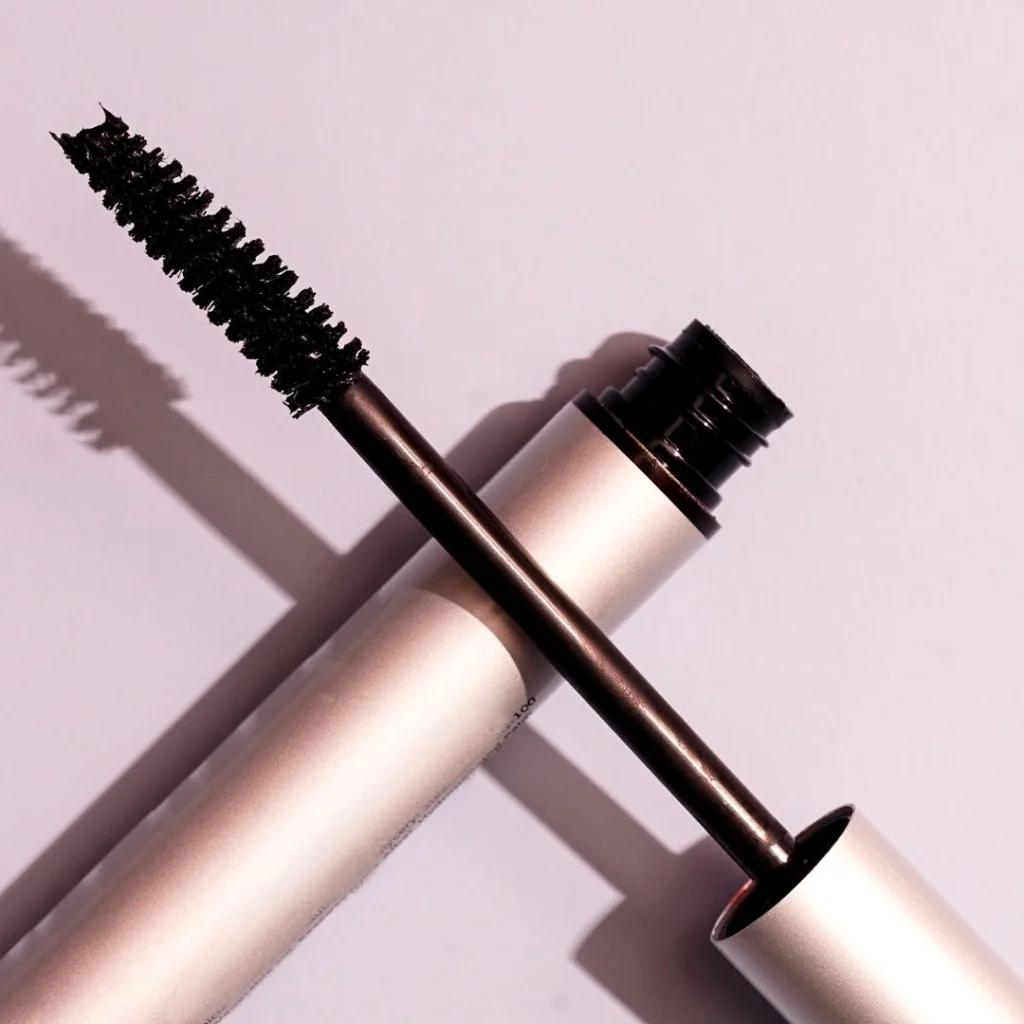Overview:
“Dupes” are more than just knockoffs; they’re a phenomenon. How might consumer surveys help mitigate the trademark clash between dupes and the original brands?
What Are Dupes?
Dupe is slang for “duplicate,” and it is a cultural phenomenon and trend that shapes consumer behavior and sparks trademark debate. A duplicate is an affordable product that mirrors the design, functionality, or aesthetic of another popular product or brand, but without the trademarks or protected trade dress that might transform it into a counterfeit. Dupes have recently gained popularity, thanks to the rise of influencer marketing and e-commerce platforms that sell directly to consumers. The rise of the dupe presents a challenge for brands’ trademark enforcement.
Consumer Preferences and Viral Dupes
Luxury-inspired items—without the hefty price tag—are the backbone of “dupe culture.” From beauty products to handbags, duplicate products are produced by both large corporations and small companies, and social media influencers amplify the trend by sharing product comparisons, unboxing videos, and “best dupes” lists. Hashtags such as #Dupe, #LuxuryForLess, and #AffordableBeauty have amassed millions of views.
Counterfeit products explicitly attempt to deceive consumers by replicating trademarks or trade dress, but some dupes are in a legal gray area. Although dupes mimic a product’s appearance, texture, or performance, they may not necessarily infringe on trademarks. They do, however, raise questions about intellectual property rights and fair competition.
Trademark Protection vs. Dupe Culture
Suing under the Lanham Act allows brands to protect their interests against infringement and counterfeiting. To win with claims of trademark infringement, manufacturers must prove that dupes mislead consumers into believing they are an original product, related to or approved by the maker of the original product. A brand that’s been duped may also argue that the dupe dilutes its mark or damages its reputation.
By their nature, dupes are a bit challenging to distinguish from infringing counterfeit goods. Dupes are marketed without using the original brand’s name or logo, but often with similar colors and language. Luxury brands are exploring legal strategies for protecting their market share against dupes, including patent (including design patent) and trade dress claims.
Lessons and Legal Strategies
One case in which a brand successfully sued was Kiss Nail Products, Inc. v. Lashify, Inc. Founded by Sahara Lotti in 2016, Lashify is a user-friendly system of silk lash clusters, applicators, adhesives, and sealing products that are used at home. Lotti’s patented system is worth an estimated $34 million, holds over 600 patents worldwide, and was the subject of a “dupe” product by Worldbeauty, a Chinese company. A Texas federal jury ordered Qingdao Lashbeauty Cosmetic Co. (Worldbeauty), manufacturer of the “dupe,” to pay for willfully infringing on three Lashify patents, to the tune of $30.5 million in lost profits and a 30% royalty totaling $3.6 million. However, Lotti spent nearly $50 million defending Lashify’s IP across courts in Texas, California, Utah, and the International Trade Commission (ITC). Fighting dupes is high-stakes—and high cost.
Consumer Surveys and Dupes
Consumer surveys can play an important role in intellectual property disputes in beauty and fashion. Surveys can measure consumer confusion and help courts understand whether consumers in the target market have been misled or influenced by a knockoff product. Likelihood of confusion surveys measure whether consumers mistakenly believe a dupe originates from, is associated with, or is sponsored by the original brand. Social media complicates this, because influencers often disclose that the product is a dupe.
Another survey that could be useful for protecting beauty and fashion brands measures the likelihood of trademark dilution. There are two types of trademark dilution: blurring (when the dupe weakens the distinctiveness of a famous brand) and tarnishment (when the dupe harms the brand’s reputation through inferior quality or offensive associations). In either case, a survey can help by asking what consumers associate with the at-issue name, then measuring whether respondents provide answers that identify the allegedly diluted trademark.
Additionally, damages surveys may be used to help estimate lost sales, shifts in consumer preference, or reductions in brand goodwill caused by the dupe. In cases like Lashify’s, consumer perception research may have been able to help establish that World Beauty products not only mimicked Lashify’s patents, but also could have eroded consumer trust and brand equity.
The Future of Trademark Protection in the Age of Dupes
With dupe culture thriving, luxury brands are exploring new ways to compete with the dupe market, utilizing influencer partnerships to reinforce brand authenticity, highlighting the craftsmanship and sustainability that set their products apart from dupes. If you’re involved in a dispute over designer dupes and you’d like to talk about how consumer surveys can help make your case, contact MMR Strategy Group, an IMS Legal Services company.
